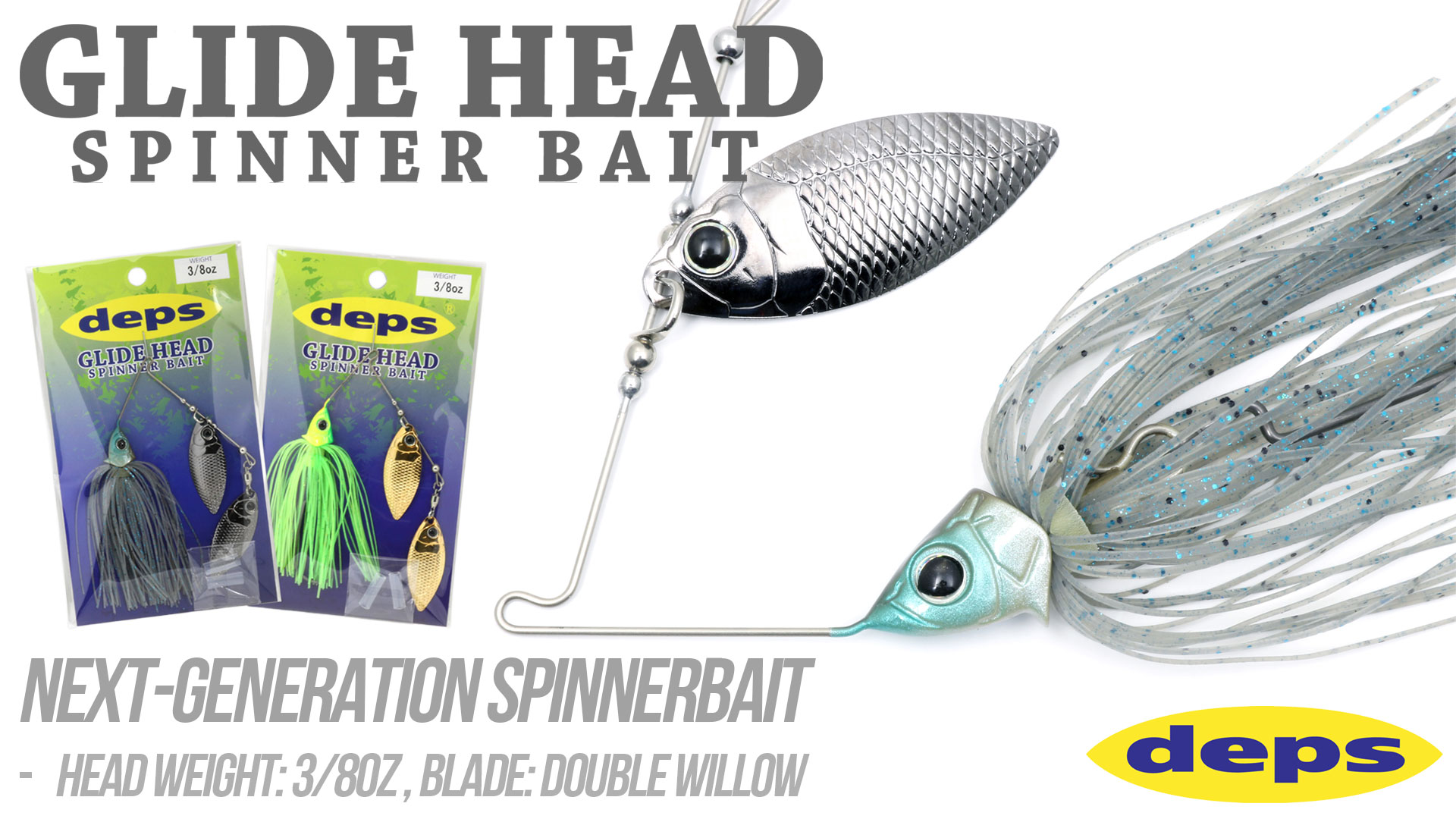ZAPPU-Twin Blade
The swim jig revolution isn’t just limited to small pockets of the country anymore. While it used to have devotees primarily in far-flung locations like Wisconsin and Alabama, today most serious anglers who want to catch shallow-water bass around any type of cover have integrated a horizontally-presented leadhead into their arsenal.
So, with dozens if not hundreds of anglers on your local body of water flinging swim jigs at all of the obvious targets, how do you make yours stand out?
For Michael Murphy, the difference-maker is often the Zappu Twin Blade. The removable rubber harness has counter-rotating willowleaf blades at each end. On the retrieve they add flash and vibration that will call curious bass from a distance and make neutrally-oriented fish commit.
“It’s something that Fred Roumbanis showed me,” Murphy said. “Now I use it just about any time there’s any wind or shad around. It’ll often make the difference between a follow and a strike. For some reason it gets them to commit.”
He said that when confronted by wind or dirtying water, many swim jig fans will turn to a spinnerbait or a vibrating jig, but the fish don’t necessarily want to make that leap with them. This gives them an intermediate option, something between the subtlety of the jig and the all-out assault of other blade baits. He’s fond of the combination any time the fish are up shallow, but says it’s particularly deadly as summer transitions into fall and the fish migrate into the shallows in large numbers.
“I throw it around grass lines, bank grass and docks. With the addition of the blades, it’s something that they haven’t seen before. I’m especially likely to go to it if the day before they were biting the plain jig but then the wind dirtied up my area.”
He utilizes two primary trailers on his swim jigs and that choice determines how he’ll retrieve the lure and how the blades will benefit him. With a Reins Ax Craw, he wants to maximize the claws’ action, so he’ll pump and twitch his bait on the retrieve, causing the blades to clang together and “wave and flash a lot.” When the fish prefer a straight chunk and wind retrieve, he favors an Optimum Double Diamond swimbait on the back of his jig, which creates “a consistent spinning action with some body roll.” The result in that case is that the blades provide a steady hum that allows curious fish to get trained in on the jig’s path.
The Twin Blades come in three colors – silver, gun metal and gold – and Murphy uses all of them, adjusting for water color and primary forage, but he finds himself reaching for silver most frequently. “I use a white swim jig the most, so silver seems to match that the best, although in low light conditions I’ll use one of the others a little bit more.”







